Ad

Samsung faking Moon shots
4,175 views
Follow Us:
4,175 views
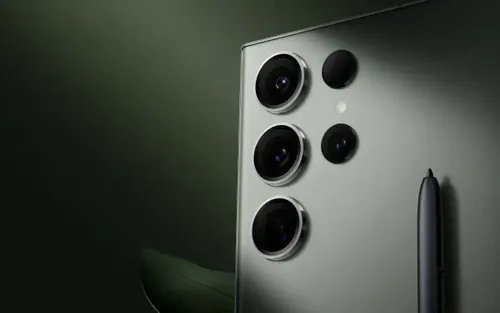
Unlike other brands that use overlays or texture effects, Samsung claims that it does not apply any such effects. However, a Samsung user on the r/Android subreddit recently posted a detailed explanation that purported to prove that Samsung's moon shots are "fake."
Their method involved downsizing a high-resolution image of the moon to just 170 by 170 pixels, clipping the highlights, and heavily obscuring the surface details with a gaussian blur. This low-resolution image was then captured with a Samsung Galaxy device, resulting in an image with considerably more detail than the source.
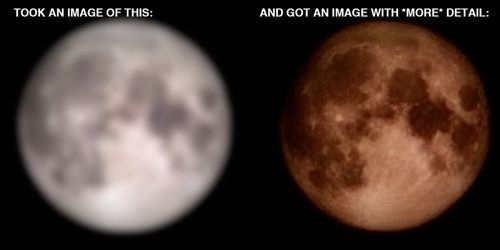
Samsung apparently achieves this effect by using machine learning trained on a large number of moon images, making the photography effect purely computational. This has led to accusations that the feature is a disingenuous representation of the camera hardware's actual capabilities, and has sparked heated debate online, even calling into question the iPhone's reliance on computational photography.
Latest News


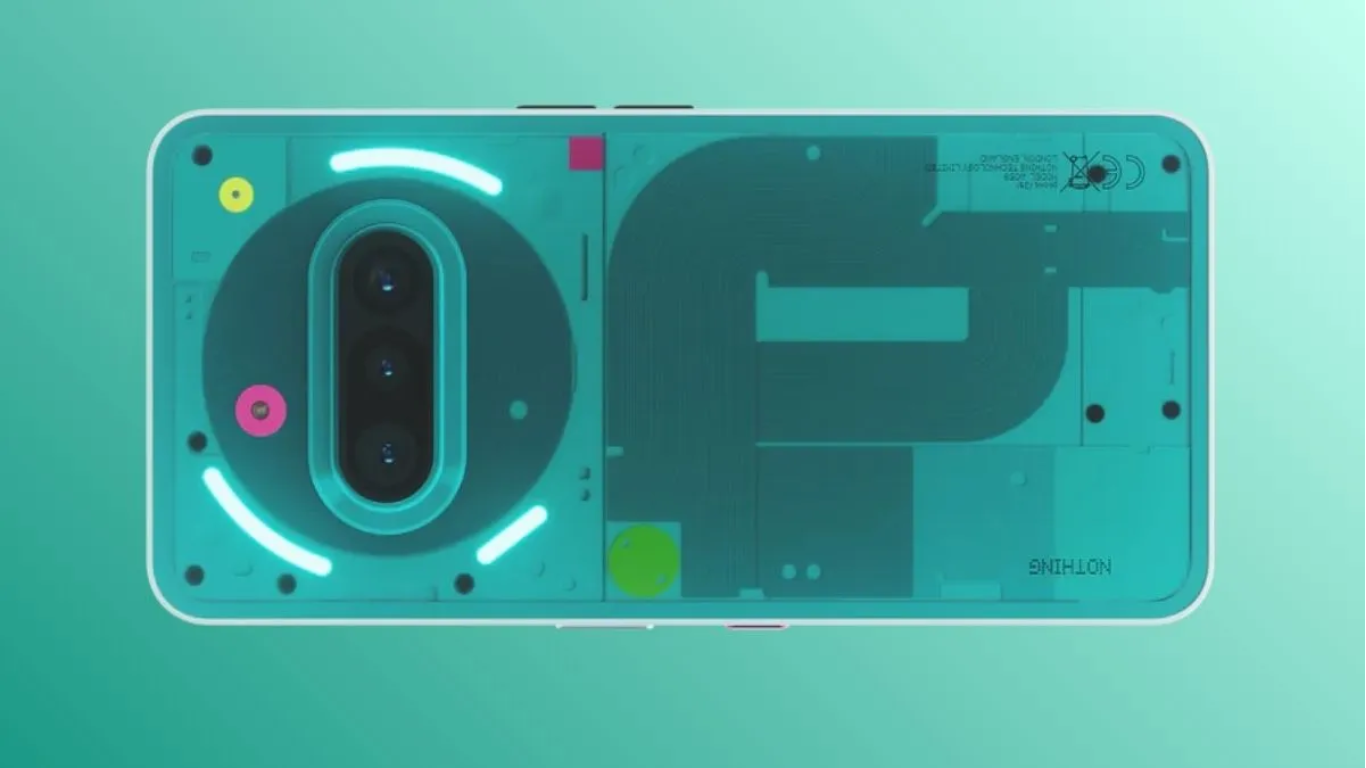

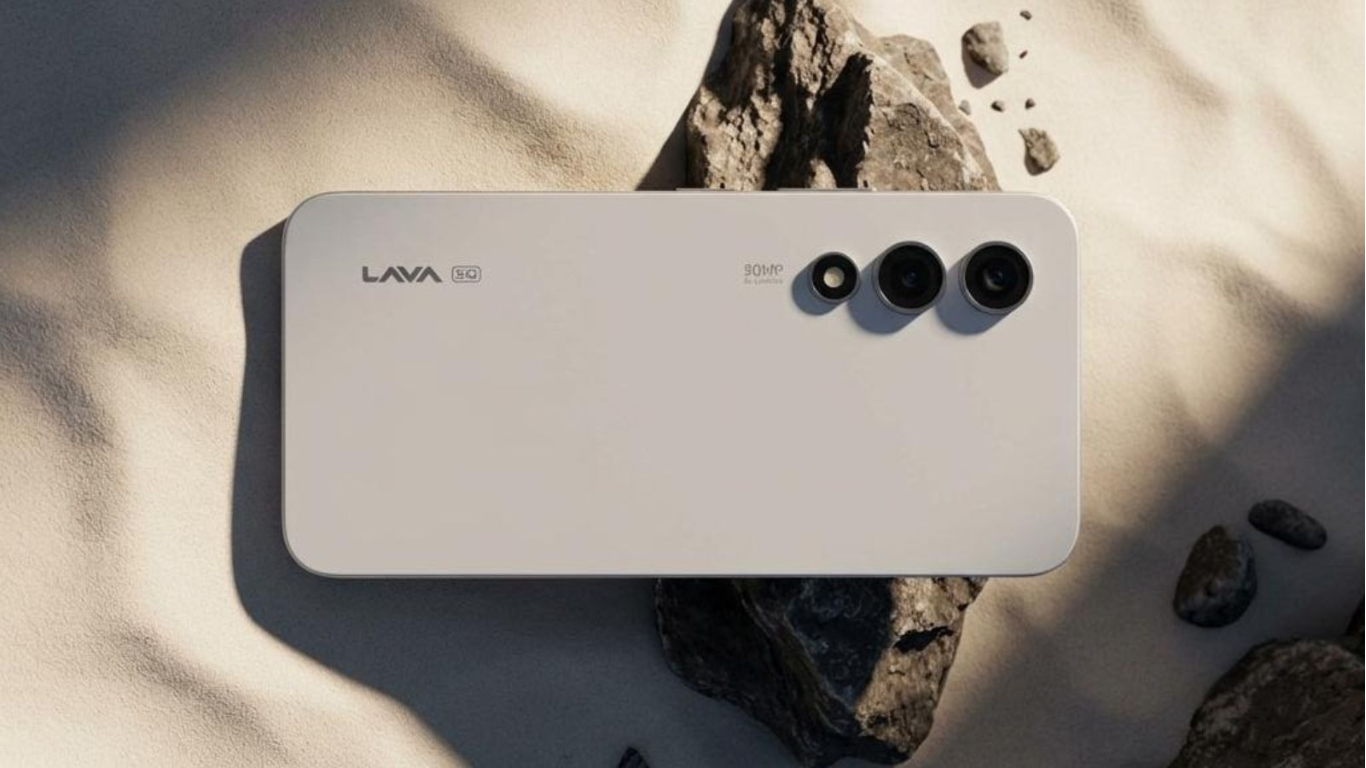
Reviews & Guides
View All
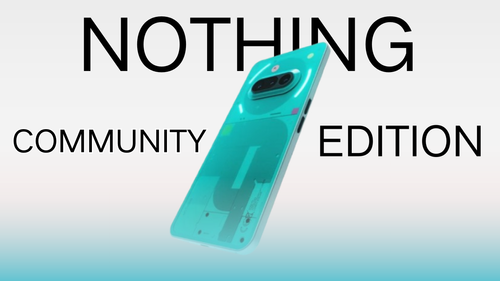
Nothing Phone 3a Community Edition First Impressions: A Fresh Take on Budget Smartphones
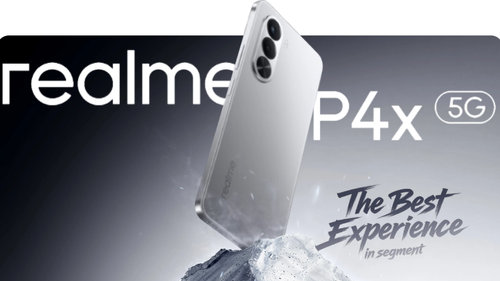
Realme P4x 5G Review: Budget-Friendly Beast with Epic Battery Life

Sony BRAVIA 7 Mini LED K-65XR70 vs. Haier Mini LED H65M95EUX

Samsung QN90F (65QN90FAU) Review: The King of Bright-Room Viewing

Why doesn’t Apple reveal the iPhone battery in advertisements?
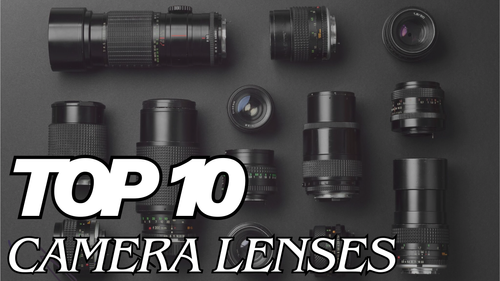
Top 10 camera lenses you should Own in 2025

Donald Trump Watch Collection: Timeless Luxury on the Wrist

Best Smartphones Under 30,000 in 2025







